Discover Pandipedia
Pandipedia is the world's first encyclopaedia of machine generated content approved by humans. You can contribute by simply searching and clicking/tapping on "Add To Pandipedia" in the answer you like. Learn More
Expand the world's knowledge as you search and help others. Go you!
Let's look at alternatives:
- Modify the query.
- Start a new thread.
- Remove sources (if manually added).
- Request a manual search from our human research team.

Snoop Dogg is at the Olympics as NBC's special correspondent for the 2024 Paris Olympics. He will appear regularly on 'Primetime in Paris,' where he will interact with Team USA athletes and their families, explore Paris, and provide commentary alongside Mike Tirico during live events[1][3][2]. Snoop expressed his excitement by stating, 'I grew up watching the Olympics and am thrilled to see the incredible athletes bring their A-game to Paris'[5][2]. Additionally, he will carry the Olympic torch ahead of the opening ceremony[1][4][2].
Let's look at alternatives:
- Modify the query.
- Start a new thread.
- Remove sources (if manually added).
- Request a manual search from our human research team.
Get more accurate answers with Super Search, upload files, personalised discovery feed, save searches and contribute to the PandiPedia.

MasterClass Membership
Access to thousands of classes taught by renowned professionals in various fields, perfect for someone wanting to learn a new skill or hobby[2].

StoryWorth Custom Book Subscription
A year’s worth of thought-provoking questions for a loved one to answer, which can be compiled into a hardcover book at the end[2].

Atlas Coffee Co. Subscription
A monthly delivery of freshly roasted coffee from around the world, ideal for coffee enthusiasts[2].
Tinggly Minibreak for Two
A redeemable night at one of thousands of hotels worldwide, providing a flexible getaway option without the need to choose a location in advance[5].
Airbnb Experiences Gift Card
Allows gifting of experiences like cooking classes or guided tours in various locations[5].
Chef’s Table Cooking Class
Online cooking classes with renowned chefs, providing an opportunity to learn high-level cooking techniques at home[5].

SpaFinder Gift Card
Gift a spa day with various services available at participating locations across the country[5].
Escape Room Experience
A fun, immersive puzzle-solving experience that can be enjoyed with friends or family[2].

Blue Apron Subscription
A meal kit delivery service with easy-to-follow recipes and ingredients for home-cooked meals[3].
Wine Tasting Experience
Experience wine tasting at a local vineyard, learning about various wines from experts in the field[4].
Let's look at alternatives:
- Modify the query.
- Start a new thread.
- Remove sources (if manually added).
- Request a manual search from our human research team.

Natural disasters significantly impact ecosystems by causing immediate destruction and long-term changes. Events like earthquakes and volcanic eruptions can devastate habitats, leading to species mortality and loss of biodiversity. For example, tsunamis can destroy coastal ecosystems, affecting the interdependent relationships among species like coral reefs and mangrove forests, ultimately leading to a broad loss of biodiversity[1].
Additionally, the recovery of ecosystems varies; fire-adapted forests can regenerate after wildfires, while others, such as rainforests, suffer irreparable harm[2]. Floods can disrupt ecosystems by reducing species diversity and abundance[3], demonstrating that the scale and type of disaster greatly influence ecological outcomes[4][5].
Let's look at alternatives:
- Modify the query.
- Start a new thread.
- Remove sources (if manually added).
- Request a manual search from our human research team.
Muhammad Ali
This biography draws on more than 500 interviews, painting a vivid picture of one of the most significant personalities of the 20th century, exploring his boxing career, activism, and struggles with Parkinson's disease[1].
The Death of Pantani
An account of Marco Pantani, an Italian cyclist with a celebrated career cut short by substance abuse, featuring exclusive interviews that reveal both his talent and flaws[1].
Coming Back To Me
Marcus Trescothick's memoir about his premature retirement from international cricket due to mental health issues, opening a discussion about the pressures faced by athletes[1].
The Greatest: My Own Story
Muhammad Ali's autobiography wherein he discusses his life and struggles inside and outside the boxing ring, showcasing his activism and personal insights[9].
Barbarian Days
A memoir by William Finnegan detailing his life as a passionate surfer who traveled the world, exploring the deep connection between self and the ocean[1].
Put Me Back On My Bike
A biography of Tom Simpson, a groundbreaking British cyclist who died tragically young, delving into his career and personal battles, including drug use[1].
Muhammad Ali: A Life
This biography offers a comprehensive look at the life of Muhammad Ali, charting his matches and exploring his impact on culture and sports[11].
The Mamba Mentality
Kobe Bryant shares insights on his philosophy of life and basketball, reflecting on his career and the mindset that drove his success[11].
Bethany Hamilton
A memoir of the surfer who lost her arm in a shark attack yet returned to competitive surfing, showcasing her journey and resilience[12].

Coming Back Stronger
A book by Drew Brees detailing his comeback after a devastating injury and the personal lessons learned throughout his football career[6].
The Boys in the Boat
A narrative about the University of Washington's rowing team and their quest for gold at the 1936 Olympics, emphasizing teamwork and determination against all odds[11].
Lance Armstrong: It’s Not About the Bike
This autobiography chronicles Armstrong's battle with cancer and his subsequent return to cycling, illustrating resilience amidst controversy[6].
Breaking the Surface
Greg Louganis's autobiography focuses on his diving career and personal battles, including coming out and dealing with HIV[12].
I Am Malala
Although primarily about her activism, this memoir by Malala Yousafzai also touches on the role sports played in her youth and her fight for education and rights[12].
A Life Well Played
Jack Nicklaus's autobiography reflects on his legendary golf career, family life, and the lessons learned along the way[11].
The Second Life of Sally Muir
This memoir shares the story of a woman who rose to success in sports management, focusing on her personal and professional challenges[11].
Let's look at alternatives:
- Modify the query.
- Start a new thread.
- Remove sources (if manually added).
- Request a manual search from our human research team.

People who deactivated Facebook for six weeks reported a 0.060 standard deviation improvement in an index of happiness, depression, and anxiety
Hunt Allcott[1]
People who deactivated Instagram for those six weeks reported a 0.041 standard deviation improvement relative to controls
Matthew Gentzkow[1]

Our results suggest that deactivating Facebook or Instagram before the election improved people’s emotional state
Benjamin Wittenbrink[1]
Deactivation generally improved emotional state, which is consistent with public concerns about the effects of social media
Juan Carlos Cisneros[1]
The average psychological intervention improved emotional state by 0.27 standard deviations
Adriana Crespo-Tenorio[1]
Let's look at alternatives:
- Modify the query.
- Start a new thread.
- Remove sources (if manually added).
- Request a manual search from our human research team.
Get more accurate answers with Super Search, upload files, personalised discovery feed, save searches and contribute to the PandiPedia.

Managing time efficiently is crucial in today’s fast-paced world, where distractions are abundant, and expectations are high. To effectively utilize your time, a structured approach towards planning and execution is necessary. Here are some strategies based on effective time management techniques.
Establish a Daily Schedule
.png)
Creating a well-defined daily schedule is foundational for efficient time management. A daily schedule acts as a roadmap for your day, helping you to structure your time and allocate it effectively across various tasks.
Framework for Your Day
Your daily schedule can vary in detail but ultimately serves to identify what needs to be accomplished and when. Set times for starting and ending your workday, which sends a signal to your mind and body that it’s time to focus. Choose a consistent start time to improve communication and set clear expectations for your availability[1][7].
Template Method
One efficient way to manage your time is by using a daily schedule template. This helps you streamline your tasks and gives you a clear structure to follow[10]. Your schedule does not have to be overly rigid but should include both professional and personal commitments, ensuring a balance between the two[4][5].
Prioritize Tasks
![18 Time Management Tips to Boost Productivity [2024] • Asana 'a graphic design of different shapes and colors'](https://assets.asana.biz/m/5fb3f1aaefd177a5/webimage-article-productivity-time-management-tips-2x.jpg)
Effective prioritization is essential. Not every task holds the same weight, and recognizing which tasks are most important will allow you to allocate your time strategically.
The Eisenhower Matrix
One popular method for prioritization is the Eisenhower Matrix, which categorizes tasks into four quadrants based on their urgency and importance. This helps you focus on what truly matters, allowing you to increase your productivity and reduce stress[9]. According to this matrix:
Do First: Urgent and important tasks
Delegate: Urgent but less important tasks
Delete: Tasks that are neither urgent nor important
By focusing on high-impact tasks first and making conscious decisions about where to spend your time, you can significantly improve your productivity[8].
Use Time Management Techniques
Incorporating specific time management techniques can make a substantial difference in how you manage your day.
Timeboxing
Timeboxing involves assigning fixed time slots for specific tasks, helping you create urgency and focus[2][9]. For example, allocate two hours to work on a project, and once that time elapses, review your progress and adjust accordingly. This technique encourages you to stay on task, combat procrastination, and maintain focus.
Pomodoro Technique
Another effective technique is the Pomodoro method, which consists of working for a concentrated 25 minutes followed by a 5-minute break. These short bursts of work can help enhance focus and energy, making it easier to handle complex tasks[4].
Batching Tasks
Batch similar tasks together to minimize distractions caused by context switching. By grouping related work, such as emails or routine administrative tasks, you streamline your efforts and reduce the mental load[9].
Implement Flexibility in Your Schedule
While maintaining a structured schedule is important, flexibility is equally vital. Life is unpredictable, and having some buffer time in your daily plan allows you to adapt when interruptions occur[8]. For instance, you might block off a 30-minute slot between appointments where no tasks are scheduled, providing room for adjustments.
Adapting Priorities
Regularly assess your tasks and be prepared to shift priorities as needed. This adaptation can be especially crucial when new deadlines or urgent projects arise. Keeping an ongoing list of essential tasks and using a tool like a digital planner can facilitate this flexibility[5][10].
Eliminate Time Wasters
Identifying and minimizing time wasted on low-value activities will free up more time for important tasks. Common distractions include excessive email checking, social media, and ad-hoc meetings that could be streamlined or eliminated altogether.
Email Management
To manage your inbox efficiently, set specific times during the day to check emails instead of checking them constantly. This practice reduces interruptions and allows you to focus on more high-priority tasks[4][9].
Creating Boundaries
It's important to set boundaries with colleagues about your time. Politely declining requests that detract from your core responsibilities can help maintain your focus and prevent burnout[9][10].
Reflect and Adjust Regularly
At the end of each day or week, take time to reflect on your accomplishments and the challenges faced. This reflection will help you adjust your methods and prioritize tasks that align better with your goals in the future.
Tracking Progress
Keeping a log of your completed tasks can boost motivation and provide a sense of achievement[5]. By regularly reviewing your success and looking at areas where you can improve, you will gain insights that will guide your future scheduling efforts.
Effective time management is a dynamic process that requires constant evaluation and adjustment. By implementing structured scheduling, prioritizing tasks, using appropriate techniques, incorporating flexibility, and eliminating waste, you can take control of your time and be more productive in your daily life.
Let's look at alternatives:
- Modify the query.
- Start a new thread.
- Remove sources (if manually added).
- Request a manual search from our human research team.
Ring Indoor Cam (Gen 2)
Offers crisp 1080p footage, impressive night vision, and integrates easily with other Ring products; wired setup[2].
Blink Mini
Affordable HD indoor camera with clear day and night footage; requires a sync module for local storage and lacks person detection[2].
Arlo Ultra 2
High-resolution 4K outdoor camera with excellent detail, color night vision, and smart features like radar motion detection[4].
Wyze Cam v3
Budget-friendly camera that records in 1080p, features color night vision, and provides local storage options[2].
Google Nest Cam (battery)
Wire-free outdoor camera with 1080p video and advanced features like face recognition and intelligent alerts[4].
TP-Link Tapo C120
Affordable outdoor camera with 2K resolution, local storage options, and intelligent alerts for different motion types[3].
EufyCam 3 S330
A high-end outdoor camera with 4K resolution, cloud and local storage options, and integrated solar panel for continuous power[3].

Yale Smart Outdoor Camera
Easy-to-use and install camera that records in 1080p, offering local storage without subscription fees[6].
SimpliSafe Wireless Outdoor Security Camera
Works as part of a security system; good video quality but limited functionality without a subscription[1].
Arlo Pro 4
Affordable variant of the Arlo Ultra 2, records in 2K with local storage options, designed for yard monitoring[2].
Blink Outdoor 4
Wireless outdoor camera with a two-year battery life and local storage capabilities[4].
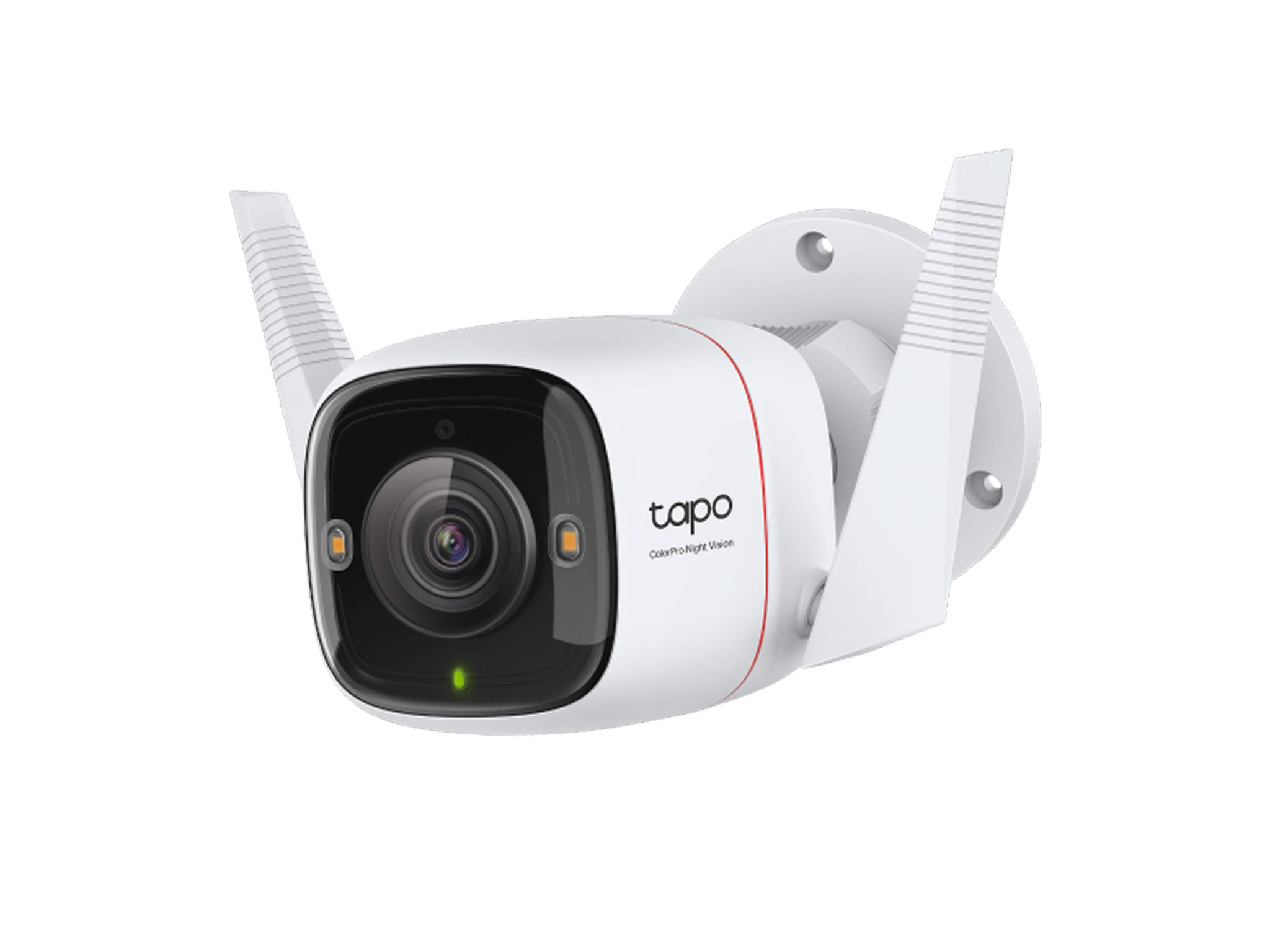
Tapo C325WB
Outdoor security camera with 2K resolution, color night vision, and a flexible storage solution without subscription reliance[5].
IMOU Rex 3D
Indoor camera with IR night vision, HDR capabilities, and a tilt-and-pan feature for comprehensive home monitoring[2].
Swann Hub System
Includes two cameras with impressive 2K video quality; a notable recording option with substantial onboard storage[1].
Arlo Essential Indoor Camera
A well-performing indoor camera that integrates well into existing smart systems[2].
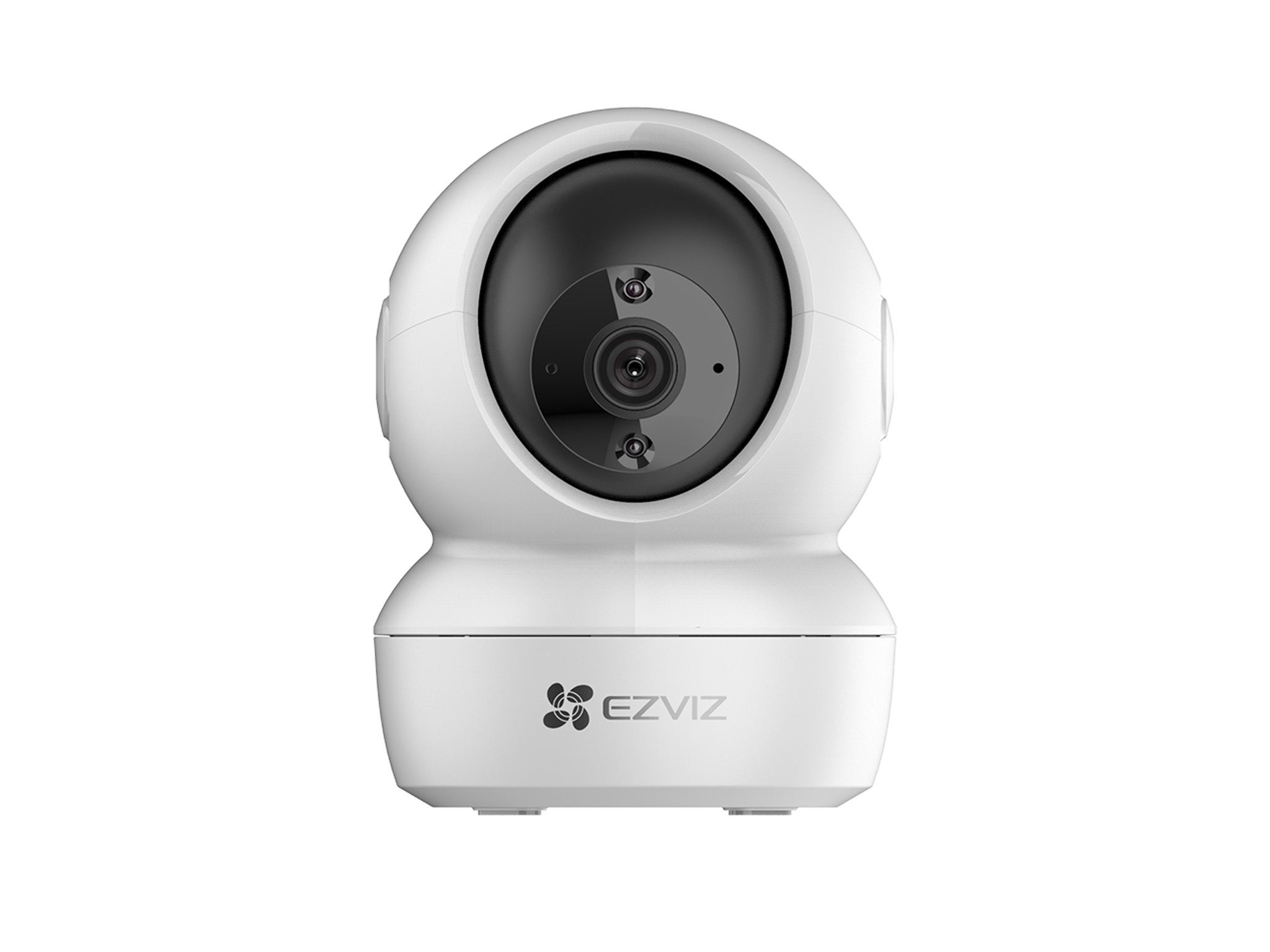
Tapo Wire-Free MagCam
Wireless outdoor camera with impressive battery life and a suite of connectivity options[3].
TP-Link Tapo Safe 300
A solid performer in the budget range, offering good video quality and essential smart features[3].
Eufy SoloCam S220
Outdoor camera with 2K video quality, solar-powered option, and multiple storage solutions available[6].

Ring Spotlight Cam Plus
User-friendly setup with high-definition video and color night vision, designed for outdoor use[5].
Nest Cam with Floodlight
Combines an outdoor camera with powerful floodlights; excellent night vision capabilities[4].
Q-See QSP 4K
A high-resolution outdoor security camera that captures extensive detail for security monitoring[1].
Wyze Cam v4
Newest version with 1440p resolution, impressive night vision, and continues to offer great features at a low price[4].
TP-Link Tapo C325WB
An affordable 2K outdoor camera that offers color night vision and local storage[5].
Let's look at alternatives:
- Modify the query.
- Start a new thread.
- Remove sources (if manually added).
- Request a manual search from our human research team.
Let's look at alternatives:
- Modify the query.
- Start a new thread.
- Remove sources (if manually added).
- Request a manual search from our human research team.
:max_bytes(150000):strip_icc()/bagrecirc-ddfb43643c7643c09004c8fc9fdf808f.jpg)
To take care of designer bags, start by keeping your hands clean before handling them, as oils or residue can transfer and stain the material[2][3]. Regularly clean your bags based on their material: use a soft, damp cloth for leather, a special eraser for suede, and mild soap for fabric or canvas[4][5].
Proper storage is also crucial. Use dust bags to protect against dust, sunlight, and scuffs. Never hang bags by their handles, as this can distort their shape; instead, store them upright, possibly stuffed with tissue paper[1][5]. Regular inspections for wear and immediate attention to any stains can help maintain their appearance and value[2][3].
Let's look at alternatives:
- Modify the query.
- Start a new thread.
- Remove sources (if manually added).
- Request a manual search from our human research team.













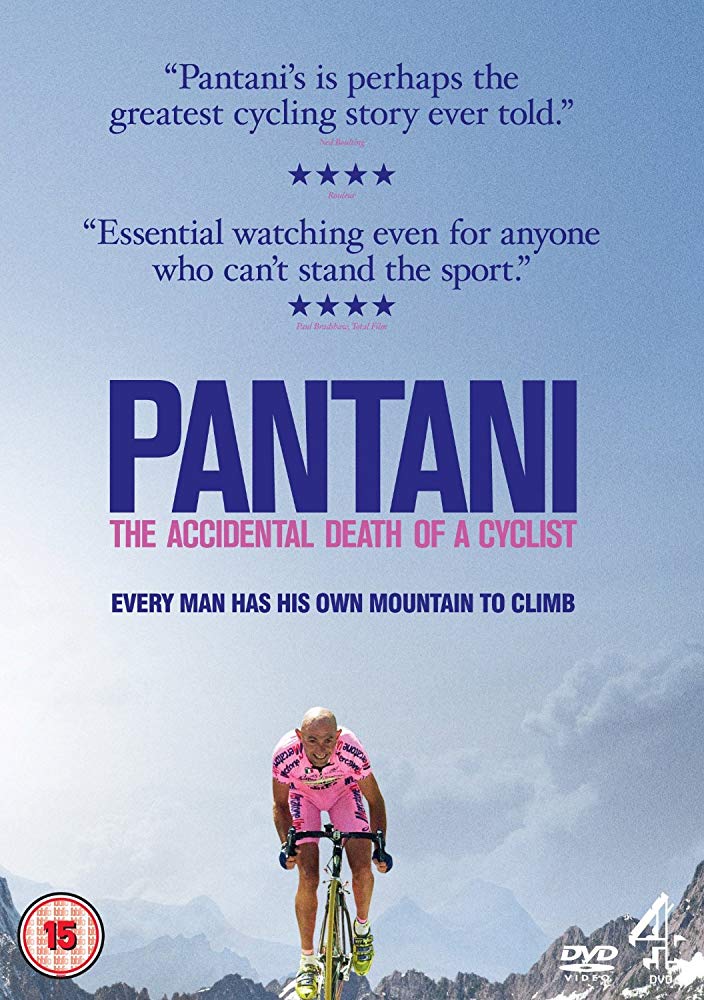














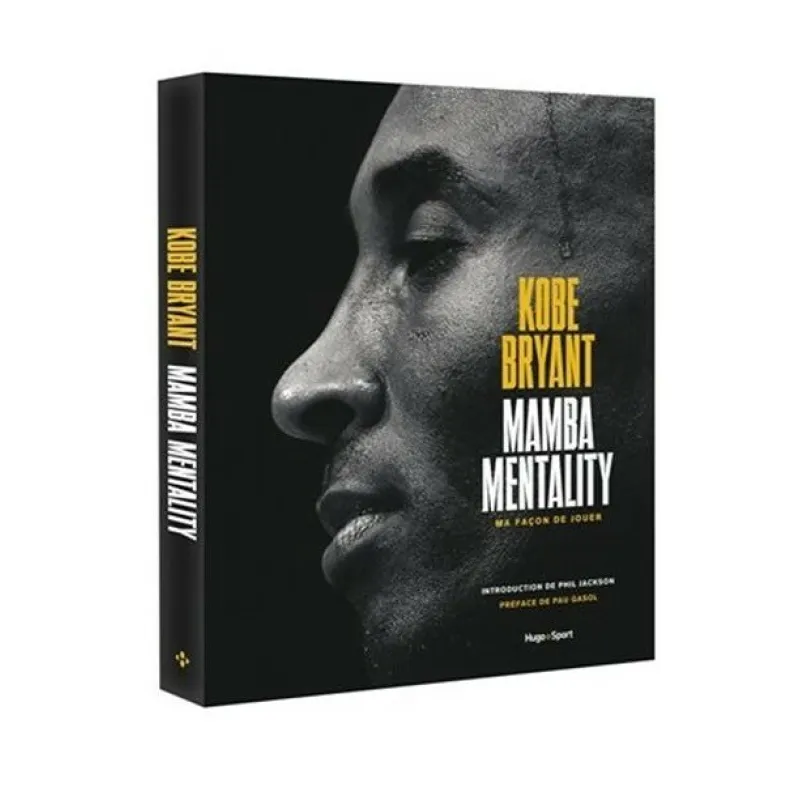

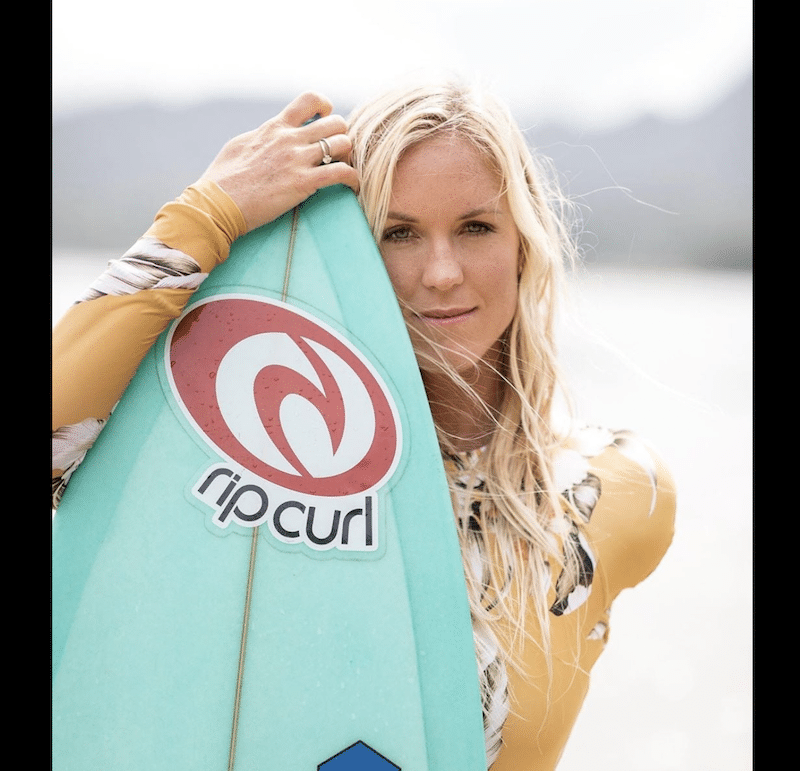





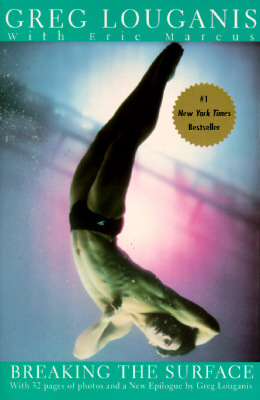












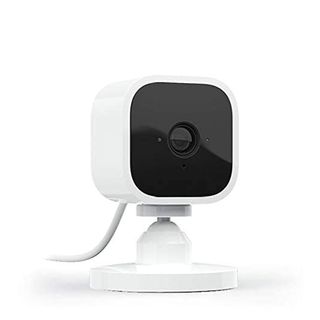
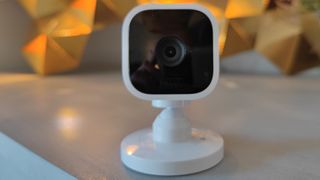





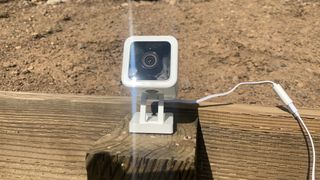




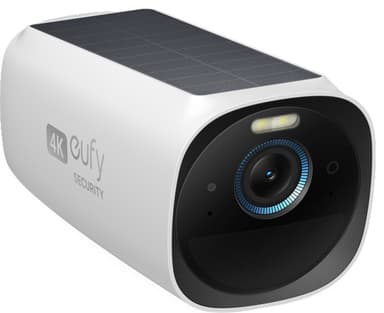







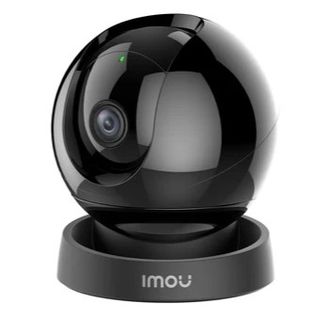
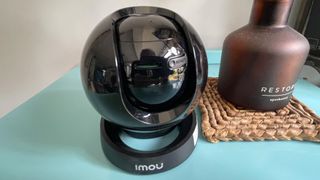



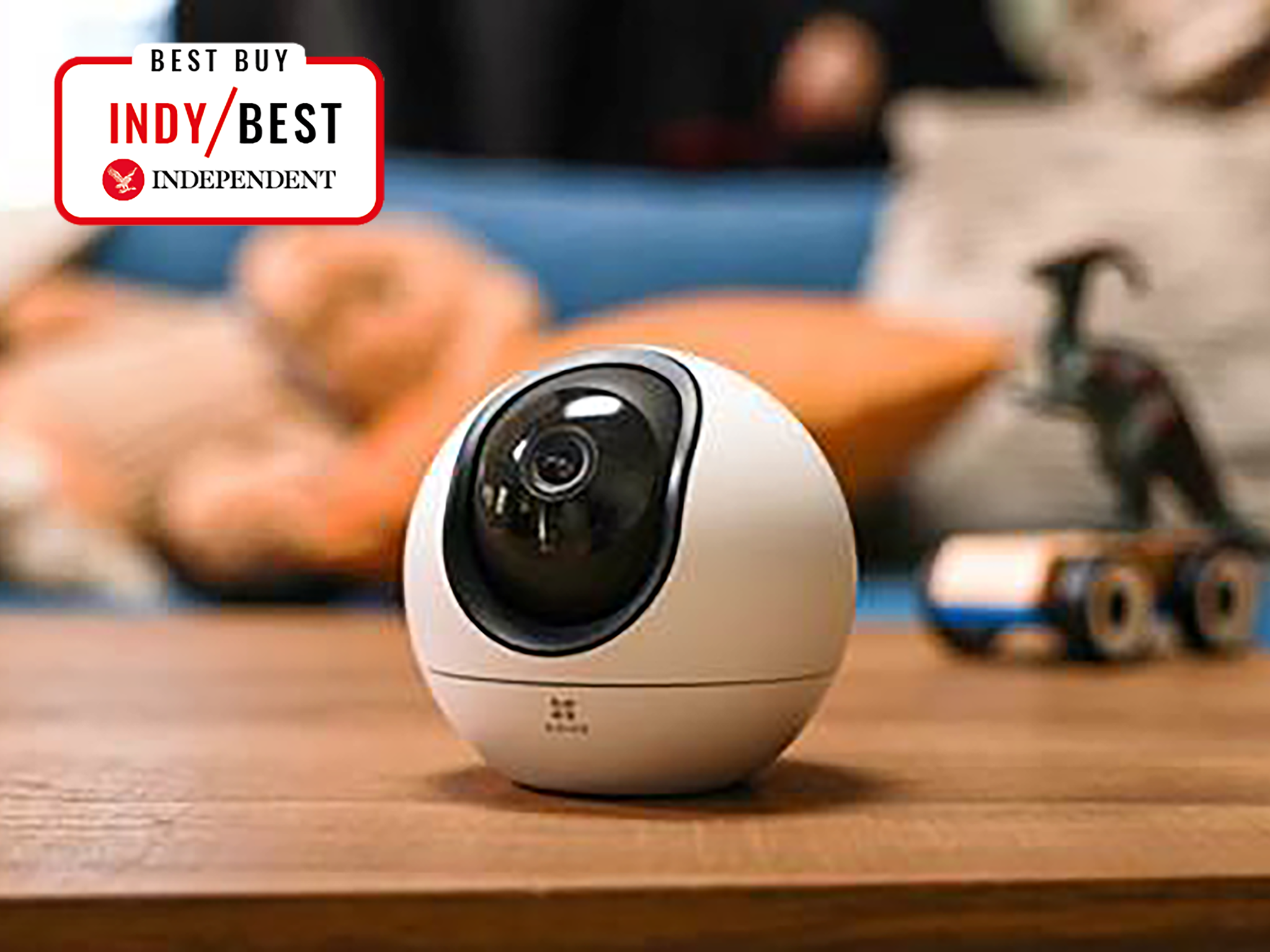














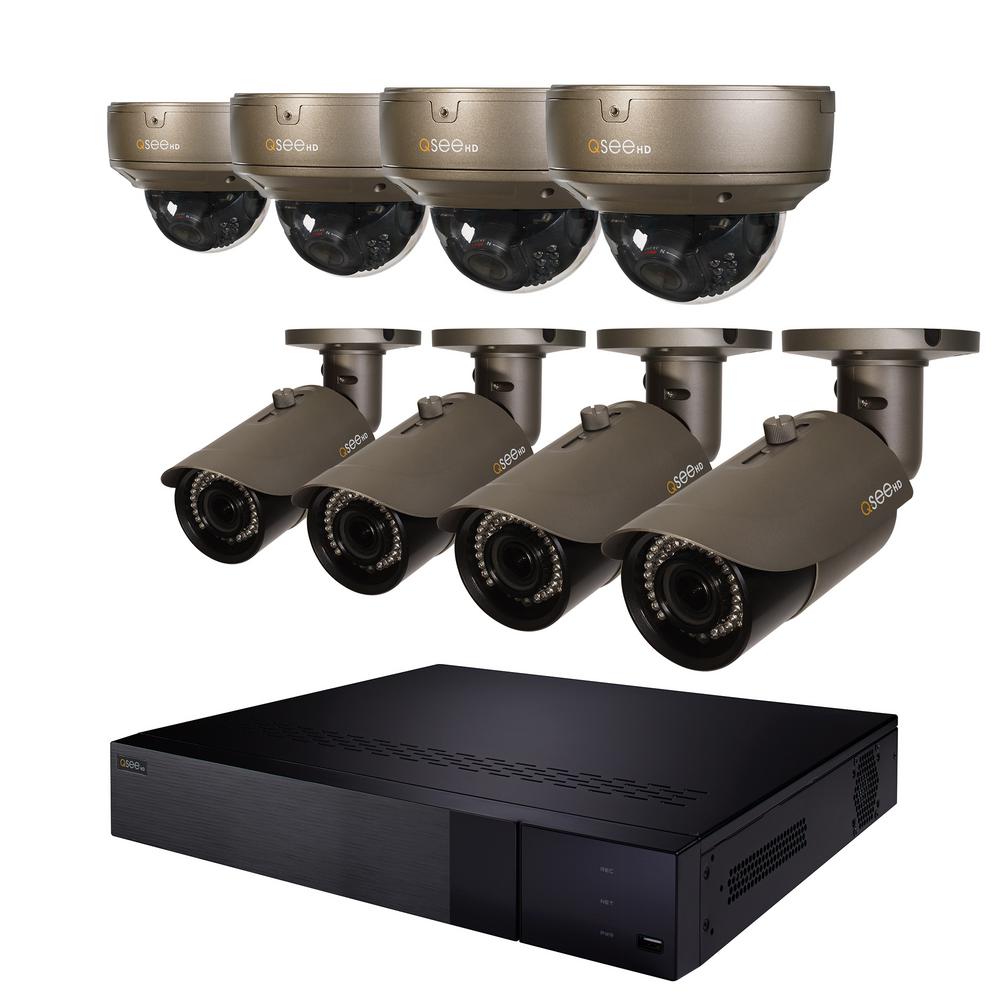

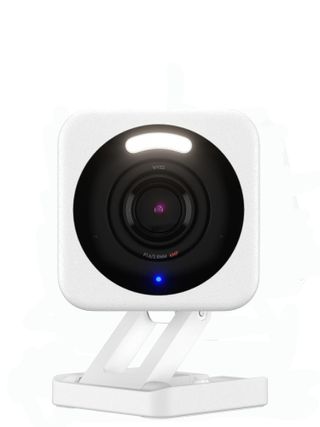

_1.0-CMYK-low_large_20230417103921u.png)
:no_upscale():strip_icc():fill(white):strip_exif()/m/383141/1R28cBCZdbtRBWm1I8xRWGWfxbFdYakrzflZg7KJfjqGpWx13S.jpeg?f=user_large)

